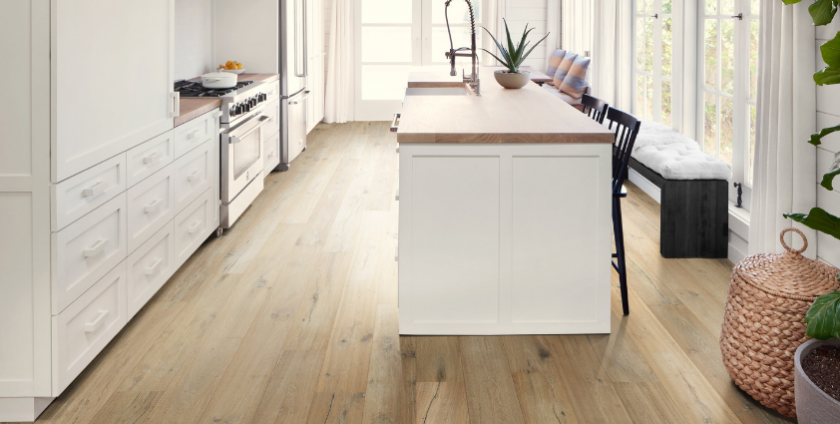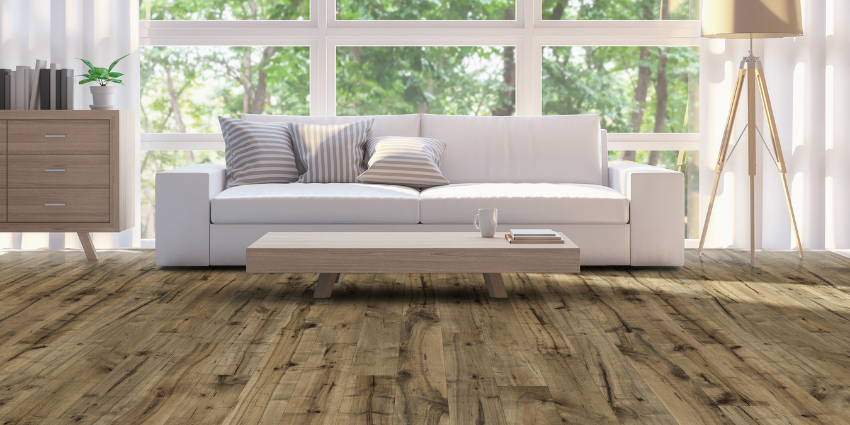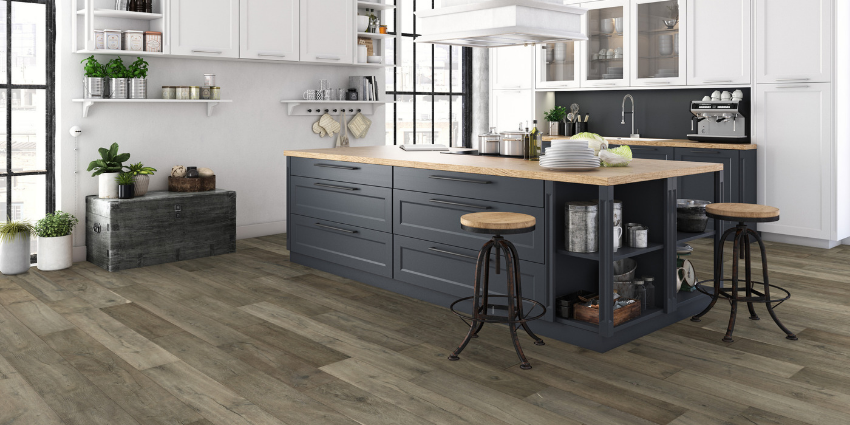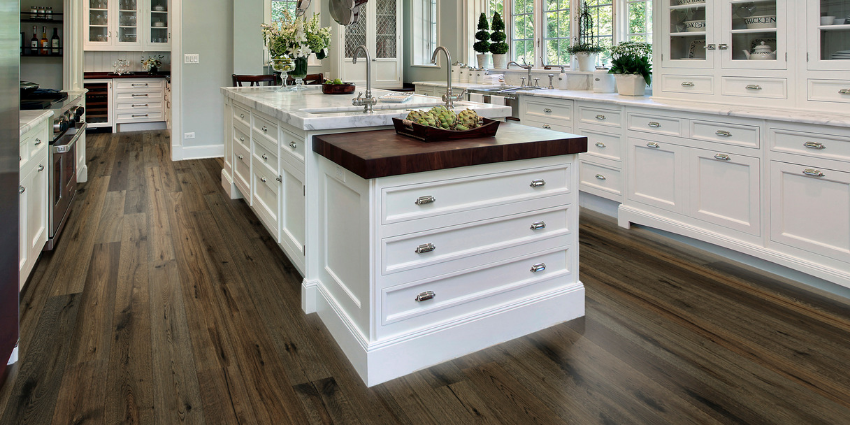What is Reactive Hardwood Flooring?

- Tags: engineered hardwood, natural, reactive hardwood, tannins, VOCs
- Category: Blog
- 0 comment
From stained to wire-brushed to hand-scraped, there are a number of aesthetic styles available when choosing hardwood floors, and reactive treatment is one of the most unique options out there, giving engineered wood floors old world charm. LIFECORE’s reactive flooring collections were recently featured as one of the top 20 best new home building products by This Old House for this very aesthetic and the unique process behind it.
So how do engineered hardwood floor manufacturers make this happen?
This blog provides an in-depth look at how the LIFECORE reactive process works to give our hardwoods reclaim-inspired visuals that deliver on our promise of indoor air quality (something actual reclaimed hardwoods can’t always promise) and offer durability for years to come.

How It’s Made
It all starts with the tannins. You’ve probably heard of tannins in relation to wine, but they actually exist in many plants—not just grapes. In fact, the word tannin comes from an old German word tanna, which means oak.
So what are tannins exactly?
They’re a chemical substance stored in the plant to protect it from infection or to discourage animals from eating it. Historically, they’ve been used for tanning leather, clarifying wine and as astringents. Ever used witch hazel? That’s a tannin. But back to the trees. Tannins are responsible for changing colors in leaves, and over time, they’ll change the color of the wood naturally, giving it the aged look that has become so popular among designers.

Old World Knowledge Meets New Techniques
With our reactive process, we simply speed up what nature would do on its own.
By introducing various organic, low-VOC agents such as ammonia or iron acetate into the atmosphere or applying them directly to the wood, we create an oxidative reaction that brings the tannins to the surface to naturally weather the wood’s appearance. This process works particularly well with white oak, which has a high concentration of tannins. By naturally darkening and highlighting the grain pattern of each plank, the reactive process results in varying degrees of contrast and rich color.
We’ve paired old world knowledge about tannins with new techniques to create new reactive flooring options with a sophisticated and stunning look that architects and designers are already turning to.
What Makes It Different
Unlike a topical stain, a reactive process penetrates the top veneer of our engineered wood planks. And with LIFECORE’s nine coats of a tough, UV-cured finish complete with abrasion-resistant aluminum oxide, it’s made to stand up to heavy traffic. If the product does manage to get scratched, it will be a lot less noticeable than a stained plank, which only has the color on the surface of the wood.

Low VOC, Always
Not only does our reactive process utilize no-VOC agents, but our entire manufacturing process ensures no VOCs are added to the product thanks to our ZERO-ADD® technology. While most hardwood flooring brands utilize adhesives containing formaldehyde, our product contains no added formaldehyde components. This means with LIFECORE’s organic reactive products, you get a reclaimed look and a floor with some of the lowest VOC levels on the market.
If you’ve been dreaming of a high-end look at an affordable price for your floors, you’ve found it.
Leave a Reply
